Photo - Art

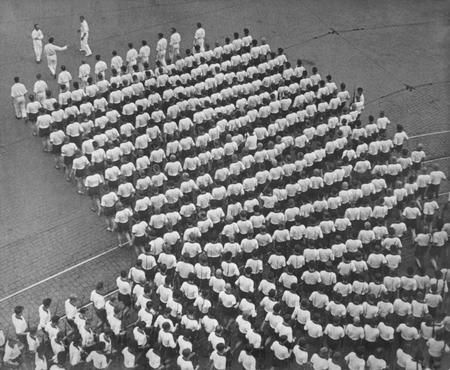
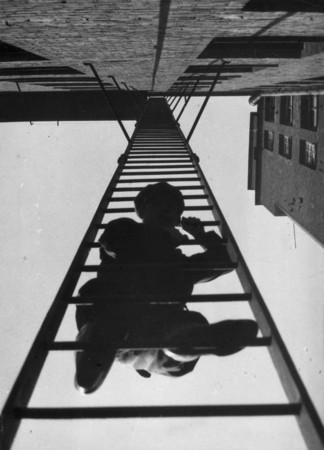
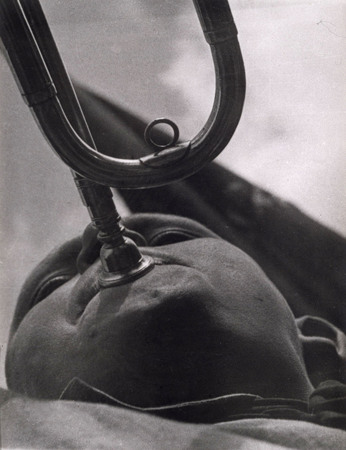
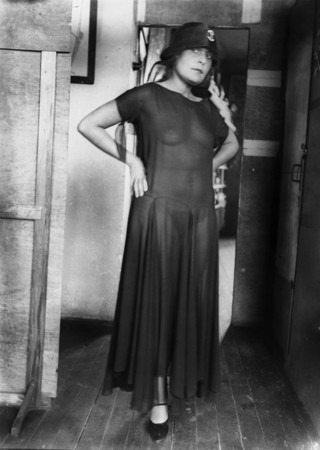
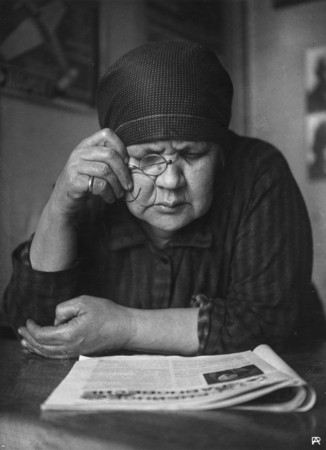
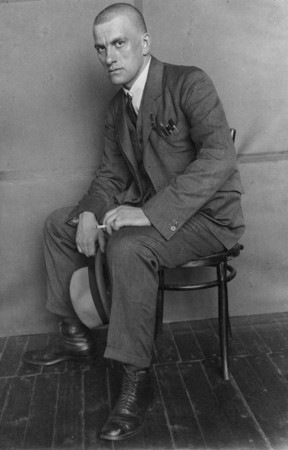
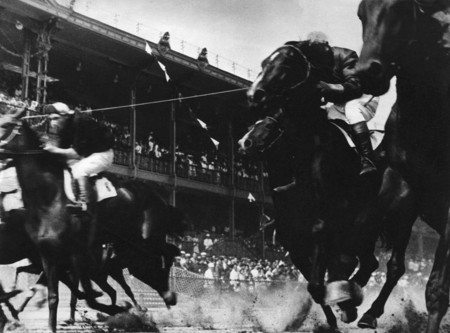

Alexander Rodchenko. Stairs. 1930. Private collection
Alexander Rodchenko. Column of Sports Society “Dinamo”. 1935
Alexander Rodchenko. Fire-escape. From the series “House on Myasnitskaya”. 1925
Alexander Rodchenko. Pioneer- trumpeter. 1930
Alexander Rodchenko. Lilia Brik in gauzy dress. 1924. The collection of the Moscow House of Photography
Alexander Rodchenko. Mother’s portrait. 1924
Alexander Rodchenko. Vladimir Mayakovski. 1924
Alexander Rodchenko. Races. 1935
Alexander Rodchenko. A girl with “Leika”. 1934
Moscow, 26.12.2006—21.01.2007
exhibition is over
Central exhibition hall Manege
1, Manege Square (
www.moscowmanege.ru
Share with friends
For the press
The Museum «Moscow House of Photography» is proud to present a major retrospective exhibition of the works of Alexander Rodchenko, which also includes the famous photomontages of Varvara Stepanova and Alexander Rodchenko.
Alexander Mikhailovich Rodchenko
The Moscow House of Photography has been setting up annual exhibitions of Alexander Rodchenko’s oeuvre for the last ten years. Specialist of the museum conducted some thorough research of the master’s archive, and it took them four years just to scan all the negatives. In 2004 the Moscow House of Photography gave an award to Rodchenko for his outstanding contribution to world art — in his lifetime he never received a single award. It was handed over to his heirs, a wonderful family, which works as a single research institute and which largely helped the public to form an adequate overall picture of Russian photography that had appeared in the 1920s-40s. The heirs decided that they will spent the money on a monograph about Alexander Rodchenko, which will be officially presented at the exhibition’s opening.
Russian 20th-century Avant-Garde is a unique phenomenon not only for Russia, but for the world as a whole. The dazzling creative energy, displayed by the masters of this great epoch, still inspires contemporary art and every one of us when we look at the works that appeared in the age of Russian Modernism. Alexander Rodchenko was doubtless one of the major aesthetic innovators of the time who deeply influenced the spirit of the era. Painting, design, theatre, cinema, printing, photography... — all these spheres in which the powerful talent of this very beautiful and strong man manifested itself were transformed, opening up completely new ways of development.
The early 1920s was an «interval period», as Victor Shklovski, one of the best critics and theorists of the era, termed it. It was a moment when, even if in reality it was just a short-lived illusion, a certain resonance emerged between aesthetic and social experiments. This was precisely the time when in 1924 Alexander Rodchenko, an already mature and famous artist who made the corner-stone of his aesthetic the slogan «we have to experiment», turns to photography. The results were not just the masterpieces he created, that are now classics of Russian and world photography, but the changes in the way people perceived photography and the role of the photographer. A mentality of design was introduced into this sphere, so that photography became not only a reflection of reality, but a medium for visually representing dynamic constructions of the mind.
Rodchenko brought into photography the ideology of Constructivism, worked out the method and the instruments for its realization. The technique he discovered was instantly repeated by others. Not only his disciples and associates turned to it, but also his aesthetic and political opponents. However, just using «Rodchenko’s method» by itself, like the diagonal composition he invented or other innovations, did not automatically guarantee the high artistic quality of the shot. The achievements of Rodchenko-photographer were based not so much on formal issues, for which he began to be severely criticized in the late 1920s, but on a deep, inner romanticism which was his characteristic feature since he was a student (take, for example, his wonderful letters-fairy tales which he wrote to Varvara Stepanova in the early years of their acquaintance).
This romantic trait, going back to his childhood which was spent backstage (his father worked in a theater), evolved into a powerful utopian vision of Rodchenko-Constructivist, who truly believed in the possibility of positively transforming the world and the human being. In the 1920s Rodchenko sets new tasks for each consecutive photo series and creates manifestos about how photography and life should change, remodeled by creative Constructivism. In the 1930s, particularly at the end of the decade, persecuted and criticized, he tries to analyze both life and art, including his own oeuvre, its evolution largely determining the future aesthetic of Socialist Realism. Incidentally, among Russian photographers of the first half of the 20th century Alexander Rodchenko is a unique case — owing to his articles and diaries we have an outstanding insight into the mind of a photographer-thinker, whose work was guided by a specific aesthetic program.
Tired of constant revolutionary changes that created a reality far from the ideals that inspired his early works, Rodchenko wrote in his diary on 12 February 1943: «Art is serving the people, but the people are being led in different directions. What I want is to lead the people to art, not to lead someplace with the help of art. Am I born too early or too late? We must separate art from politics...».
In his latter years Alexander Rodchenko was betrayed by friends and followers, persecuted by the authorities, deprived of the opportunity to work and make a living, of participating in exhibitions, he was also expelled from the Union of Artists and suffered from a serious illness. But he was lucky. He had his family: his wife, friend and associate Varvara Stepanova, his daughter Varvara Rodchenko and her husband Nikolai Lavrentiev, their son Alexander Lavrentiev and his family. It was a small but very closely united clan charged with creative energy. Just like it was for Alexander Rodchenko to create became the essence of their lives. And they also devoted their lives to preserving the heritage of Alexander Rodchenko and to serving photography. Owing to their efforts Rodchenko’s oeuvre was recognized anew by the world and by his homeland.
If it was not for this family, it is possible that the first photographic museum in Russia —"Moscow House of Photography« — may have never appeared. In Rodchenko’s house, together with his family, we discovered and studied the history of Russian photography, which it is hard to imagine without Alexander Rodchenko.
For more information on the exhibition and the photos for the press please visit the site of the Moscow House of Photography: www.mdf.ru
For accreditation please contact the press-service of the Moscow House of Photography: t. 231 33 25
Ekaterina Finogenova (finogenova@mdf.ru), Irina Tkachiova (Tkacheva@mdf.ru), Tatiana Strekalova (st@mdf.ru)
Olga Sviblova, Director of the Museum «Moscow House of Photography»








